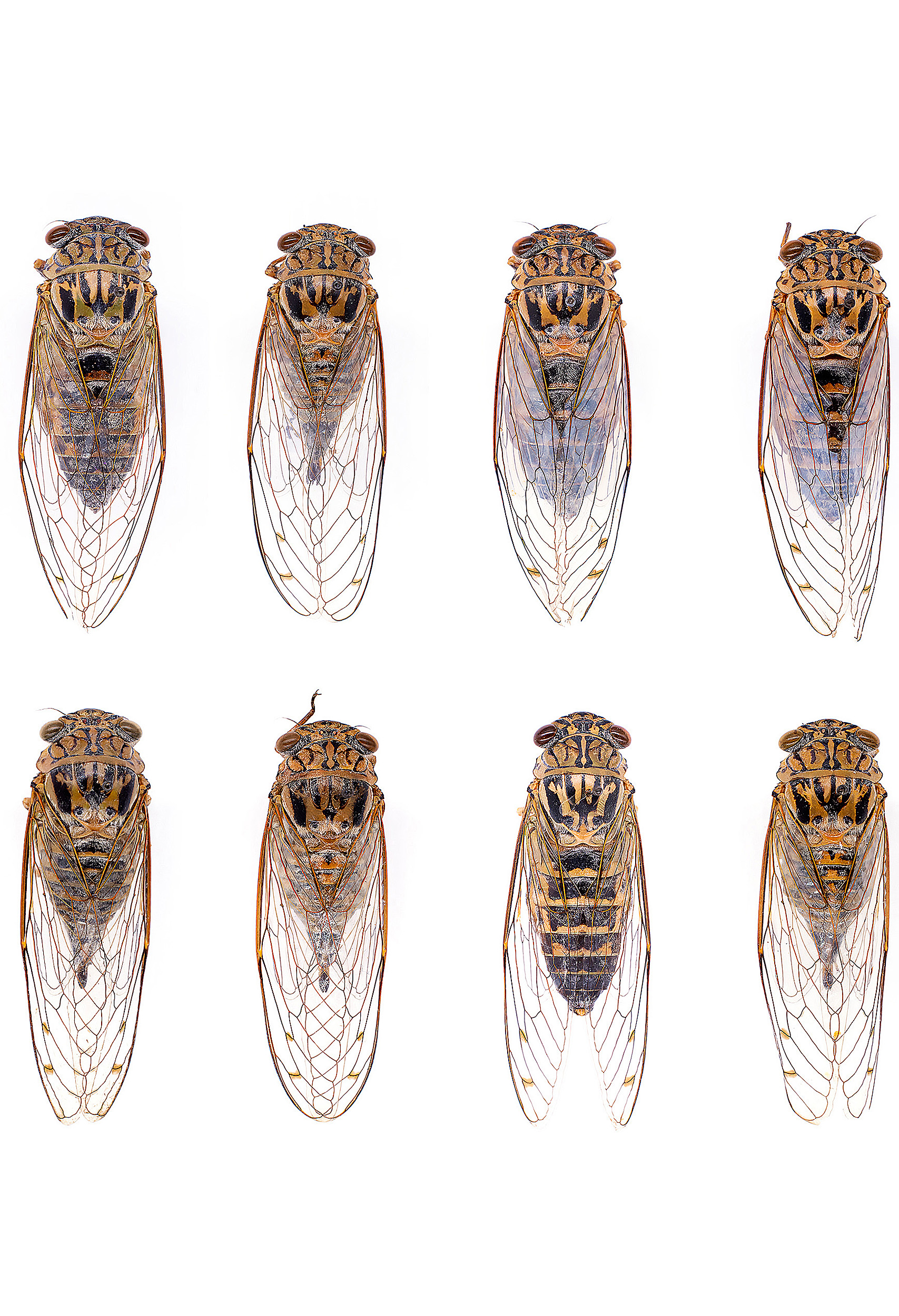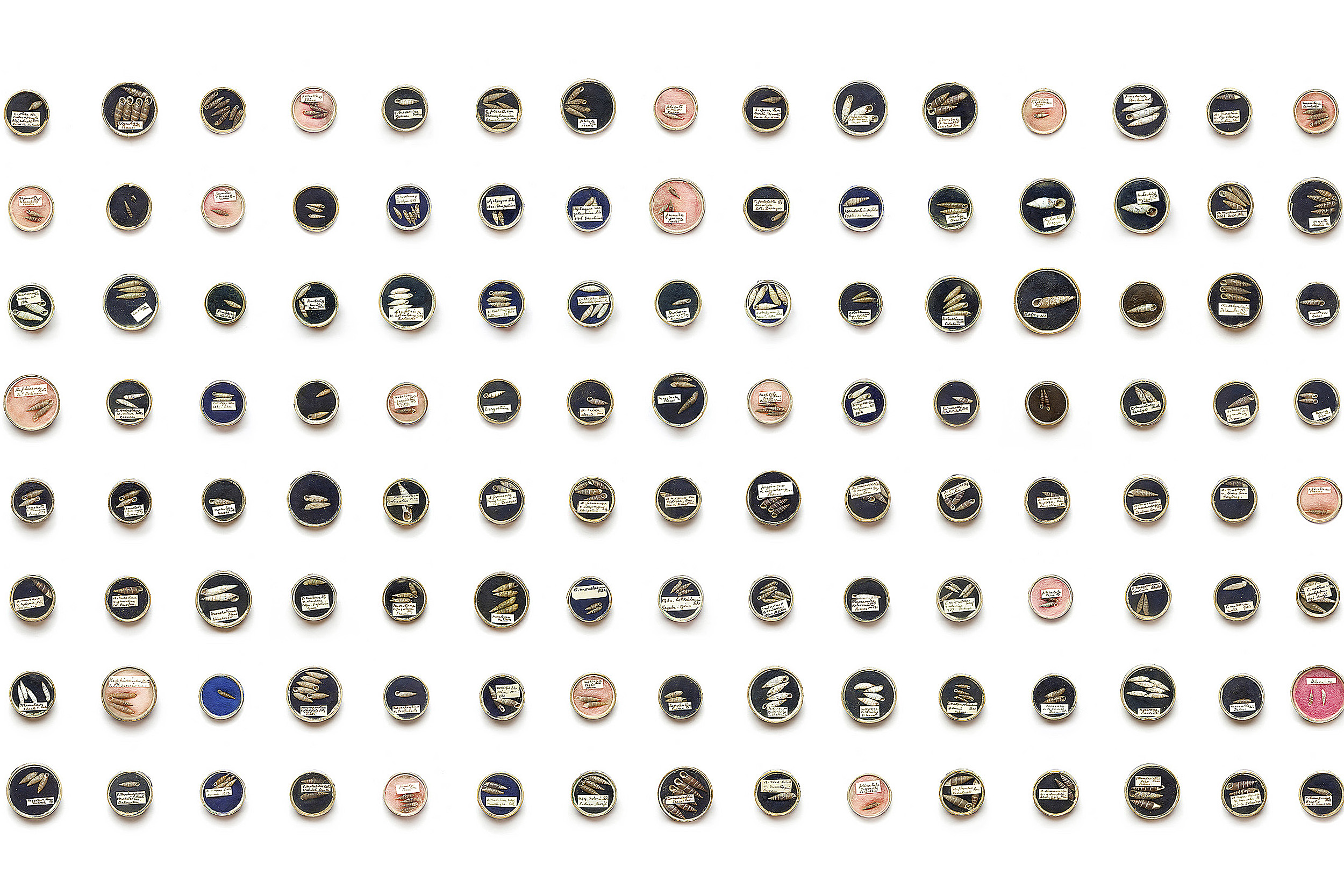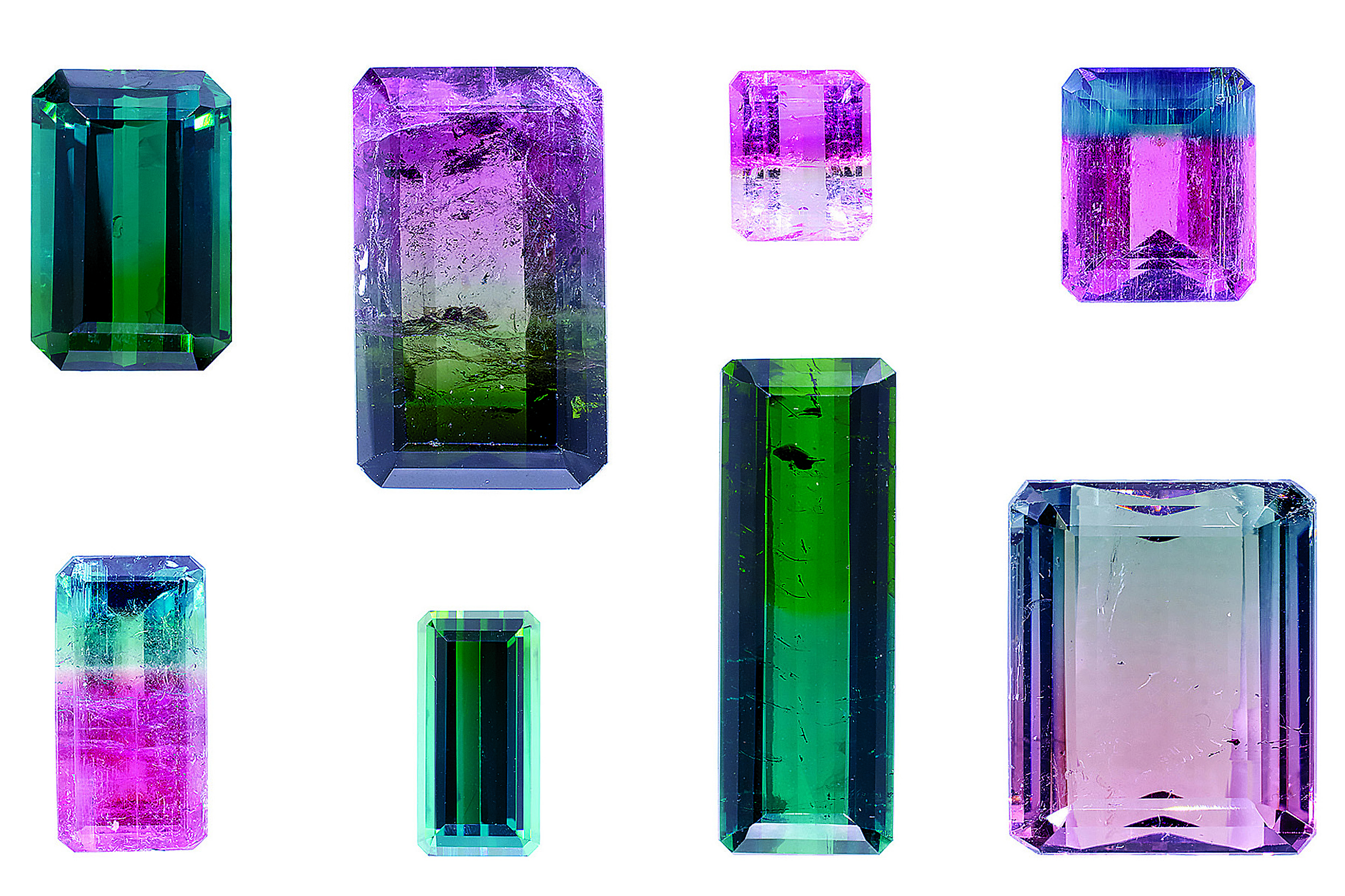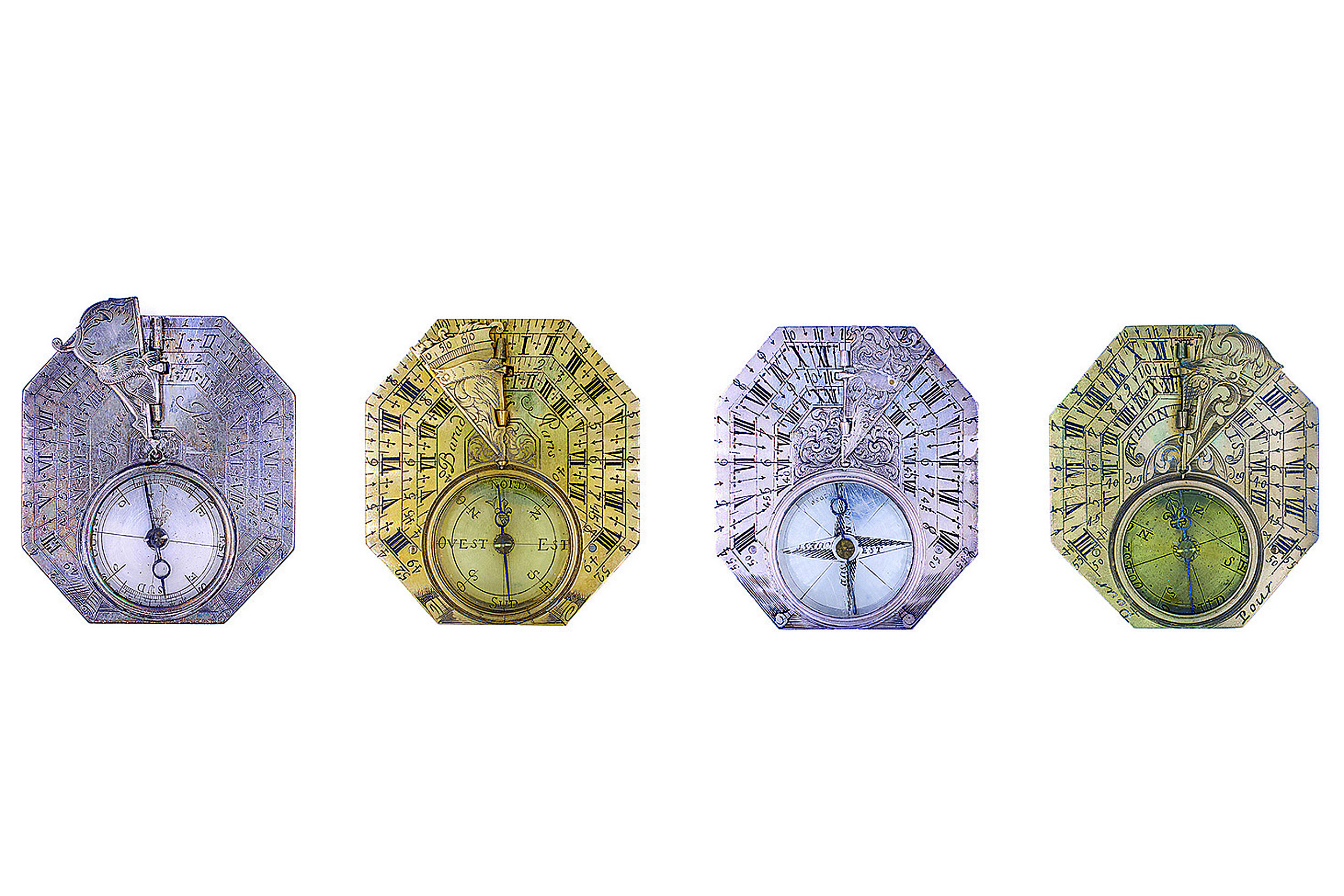A lens for detail
Photographer focuses on groups to make individual characteristics stand out

Images by Diana Zlatanovski
When a cicada landed on Diana Zlatanovski when she was a child, it was hardly a magical moment. But when she photographed a collection of cicadas housed at the Museum of Comparative Zoology for her new book of images, “Typology: Collections at the Harvard Museums of Science & Culture,” “I began to appreciate how beautiful they really are, with the bold graphic patterning on their bodies and the delicate lines of their translucent wings,” she said.
“I’ve also gained an understanding of how those elements help them to blend into the trees and survive. Now I do find the loud hum of cicadas on a summer evening a bit magical.”
The cicada specimens at the MCZ are some of many that Zlatanovski — a collection steward at the Peabody Museum of Archaeology and Ethnology — studied and photographed for the book.



Tourmaline gemstones of the Mineralogical and Geological Museum at Harvard. Butterfield style sundials at the Harvard Collection of Historical Scientific Instruments.
In all, she captured objects housed at the MCZ and five other HMSC institutions: the Mineralogical and Geological Museum; Harvard University Herbaria; Harvard Museum of the Ancient Near East; Collection of Historical Scientific Instruments; and Peabody Museum. She took photos of each specimen and compiled them into digital collections, creating eye-catching displays that emphasized the differences and similarities that can occur in a group of objects, from gems to bird’s nests. Observing those details — from variations in feather color in the bunting birds of the Pacific coast of Mexico to different shapes of stone tools from the Early Paleozoic era — was Zlatanovksi’s favorite part of the research process.
“By definition, a typology is an assemblage based on a shared attribute, and looking at each of these collections you can quickly see how they are connected to each other,” said Zlatanovski, who is also a curator and photographer. “Groupings of similar objects are visually striking and they catch our attention in a way that a single object may not. We are then pulled into studying each individual object within a typology to see how it com pares with those around it, and soon we’re observing details that might otherwise go unnoticed.”




